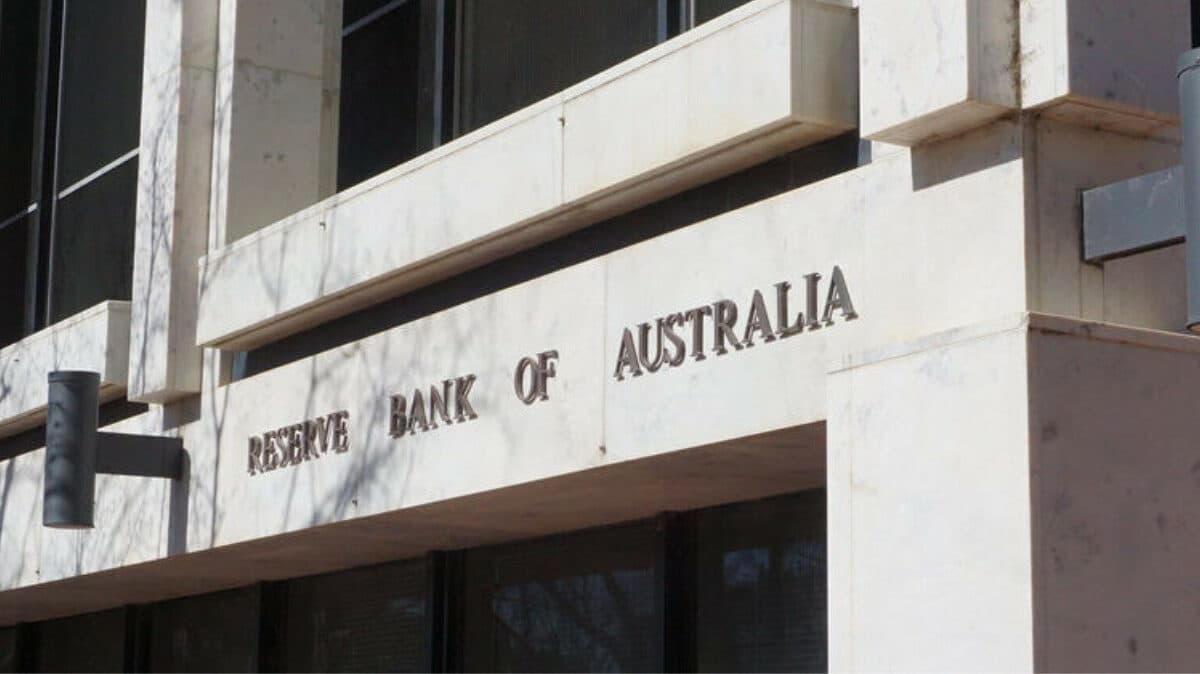Amid growing economic uncertainties, the Reserve Bank of Australia (RBA) has decided to maintain the current interest rate, balancing the need to control inflation with supporting economic growth.
The Reserve Bank of Australia (RBA) has decided to leave the cash rate target unchanged at 4.35% following its latest board meeting, with the interest rate on Exchange Settlement balances also remaining at 4.25%.
While inflation has eased from its 2022 peak, it remains stubbornly above target, raising concerns about its persistence.
Inflation Outlook and Economic Challenges
Inflation has fallen significantly since 2022 due to higher interest rates, which have helped balance supply and demand. However, it remains above the RBA’s 2–3% target range, with underlying inflation, as measured by the trimmed mean, sitting at 3.9% for the year to the June quarter, in line with the central bank’s May forecasts. While headline inflation dropped in July, this was largely driven by government cost-of-living relief and is expected to decline temporarily.
Current RBA forecasts suggest inflation may not sustainably return to target levels until 2026. Underlying inflation has now exceeded the target range for 11 consecutive quarters, showing limited reduction over the past year.
Economic Growth and Labour Market Conditions
The outlook for the Australian economy remains uncertain. Recent GDP data for the June quarter confirmed weak economic growth. A decline in real disposable incomes and restrictive financial conditions continue to weigh on consumer spending, particularly in discretionary sectors. Despite this, overall consumer demand, including spending by international students and tourists, has shown resilience.
While wage pressures have eased, labour productivity remains low, at levels seen in 2016. Labour market conditions, although tight, are gradually softening. Employment grew at an average of 0.3% per month over the three months to August, with the unemployment rate holding at 4.2%. However, high participation rates and elevated job vacancies suggest a still-strong jobs market.
Risks and Global Uncertainty
Despite recent data aligning with the RBA’s assessment that monetary policy is restrictive and working as anticipated, risks remain. The central projection assumes a pickup in household consumption growth in the second half of 2024 as income pressures ease. However, there is a risk that recovery may be slower than expected, which could dampen output and worsen labour market conditions.
Globally, uncertainties persist, with central banks adjusting policies in response to evolving economic conditions. The outlook for China has weakened, impacting commodity prices, while geopolitical risks add to the uncertainty.
Ben Thompson, CEO and Chief Economist, Employment Hero said: “Wage growth is outpacing productivity, which is completely unsustainable, particularly for small businesses folding under the surging cost of operating.
“It’s becoming harder for business owners to strike the right balance between maintaining staff and managing wageflation, which means more Australians will inevitably be grappling with job insecurity and inconsistent wages. Wageflation over the long term creates problems on both sides of the market, particularly where a paypacket boost today could spell a layoff in the future.”
Meanwhile, Anneke Thompson, Chief Economist, CreditorWatch said: “Today’s decision by the Reserve Bank of Australia (RBA) board is unsurprising given the relatively steady nature of the most important data points that the bank is watching – those being inflation and labour force. Both measures are performing broadly as the RBA had forecast, and are not currently presenting it with any need to alter its thinking around the timing of the first cut to the cash rate.
“The most significant change in developments this month was the US Federal Reserve’s somewhat surprising 50 basis point cut to the US cash rate. The major message that this cut sent is that the world’s biggest economy is perhaps slowing faster than first thought. Revisions to US Labour Force data have been quite large and in the negative, meaning their labour force is weaker than what it appeared to be. The Australian labour force is not weakening nearly as fast, although of course this could change, and Australia has typically lagged the US by around six months in this monetary policy cycle.
“If the data continues its current trajectory of slowly softening, then the RBA is unlikely to change course and the first cut is unlikely to be before the year is out. However, one soft unemployment report could change this thinking quite rapidly.”
Keep up to date with our stories on LinkedIn, Twitter, Facebook and Instagram.

